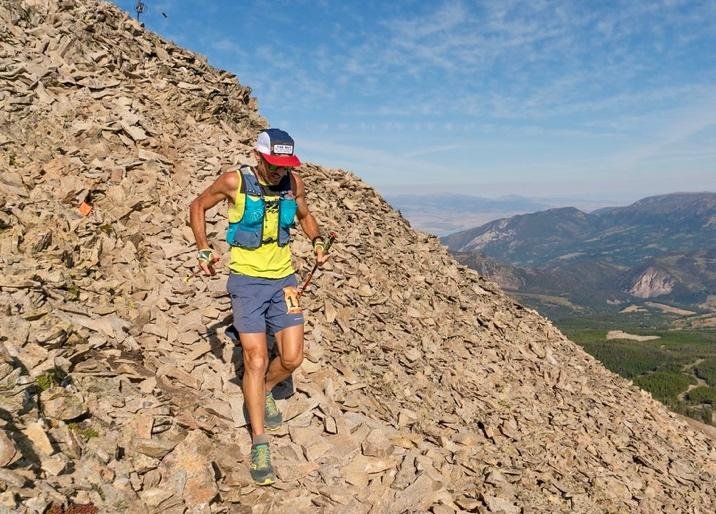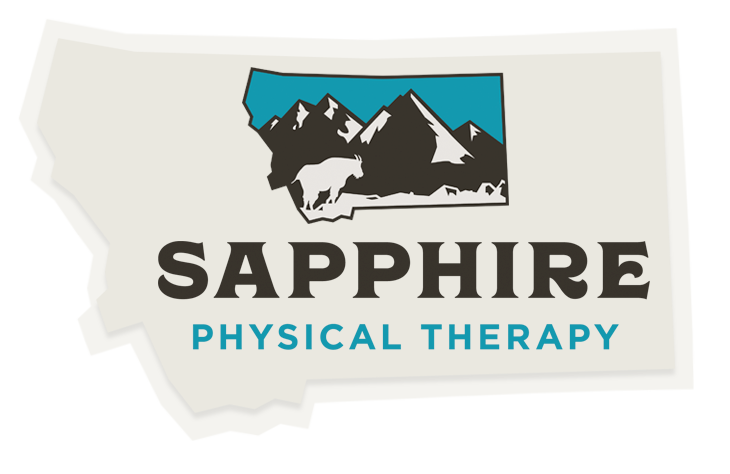
How jumping rope can improve your 3km time...and more!
A study performed by Gracia-Pinillos et al. examined the impact of replacing a traditional warm-up with jumping rope prior to running on 3km trial times, jump performance, arch stiffness, and reactive strength index in amateur runners. This study had 96 participants split into two groups, a jump rope warm-up group or a control ‘usual’ warm-up group, over a 10-week period. The results of the study showed that those participants who were in the jump roping group had significant improvements in all the measures listed above. So, how much jumping rope does it take to achieve these types of results?

Improving Bone Health
Have you been diagnosed with osteoporosis or are you worried about the bone health of your child or adolescent? Calcium and vitamin D are common methods of promoting good bone health, but there are many other ways to promote strong bones throughout life. Early on in life, we can participate in a wide variety of activities that stimulate bones to increase in size, which protects against fractures in the long term.

The Role of Sleep in Pain, Rehab, and Performance
You may hear high performers proud to skip sleep to be more productive but sleep allows us to make the most of our time while awake. Our sleep plays a vital role in recovery and physical wellbeing. Here are a few reasons why your physical therapist may ask about your sleep habits.

Understanding and Treating Plantar Fasciitis in Runners
A dramatic increase in mileage without adequate foot and ankle strength greatly increases the risk of foot injuries such as plantar fasciitis. Understanding a bit about the structure and function of the foot is the first step in treatment and prevention of plantar fasciitis.

Groin Strains: Management and Prevention
When we experience symptoms in our groin, there are a few different tissues that could contribute (see below and left) (1). Groin strains refer to the strain of the inner thigh muscle group, the adductors.

The Mystery of the Chronically Tight Hip Flexors
There is a very good chance that you have felt or been told, you have “tight hip flexors.” Listening to our body is important, but occasionally sensations through the body can be misinterpreted. Feeling tight or stiff can potentially mean there is a muscle/tendon unit that has less length, but there is also a strong possibility when looking at the hip flexor, the sensation could actually be from limited strength.

Staying Active and Fit During Middle-Age and Beyond
The key to staying active and fit during the fourth decade of life and beyond is to find activities which interest and challenge you physically and mentally. Participate in a variety of sports or activities for overall fitness. Consistency is equally important for life-long fitness and health. Make time in your day for exercise and commit to health and fitness for the long haul. Your body and mind will thank you.

Osgood-Schlatters: Keeping Young Athletes in Sports
One of the most common knee pains for children, Osgood-Schlatters (OSD), can be a very challenging time for a young athlete. It can keep them off the field, away from their friends, inactive, and frustrated.

Here’s Why You Keep Getting Injured, According to a Physical Therapist.
This ultrarunner and doctor of physical therapy sees a common pattern in her running clients. Here’s what she wishes she could tell us all before we get injured.

Sapphire Physical Therapy Celebrates Twenty-Eight Year Anniversary
Missoula has changed quite a bit since 1994, and so has Sapphire Physical Therapy. As we celebrate our twenty-eight years in business, it is important to reflect on the path we have taken and the one we plan to follow for years to come.
